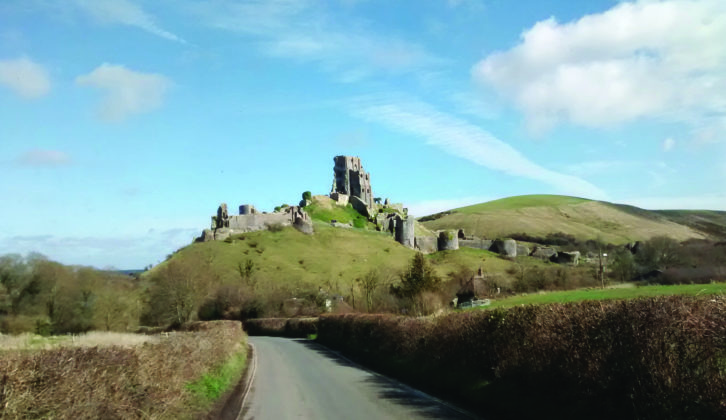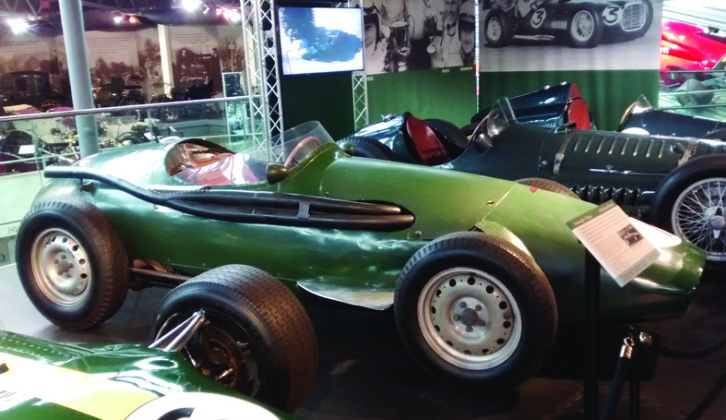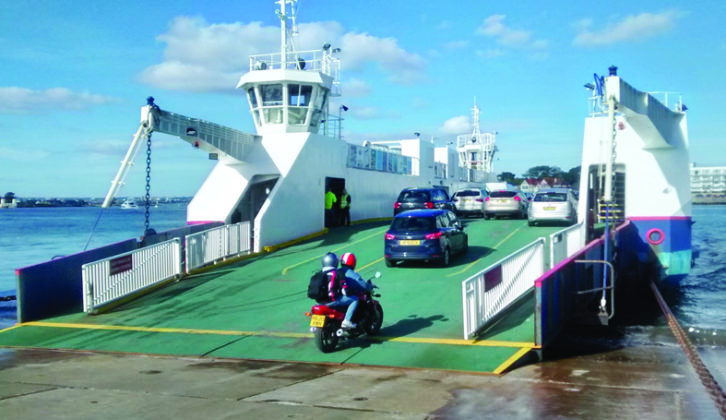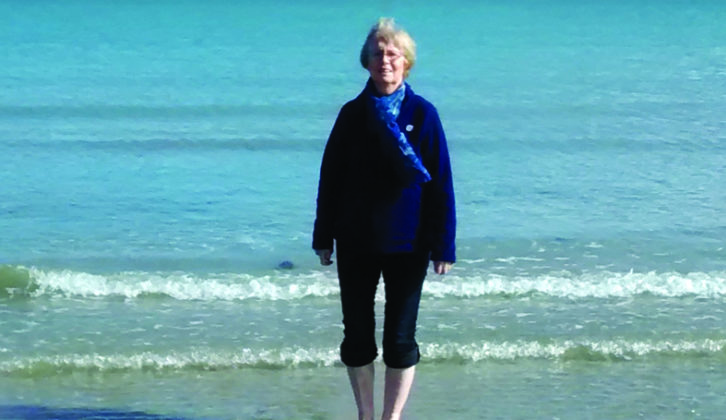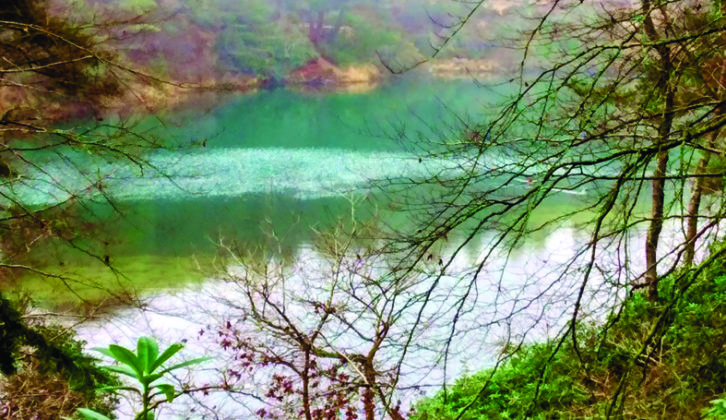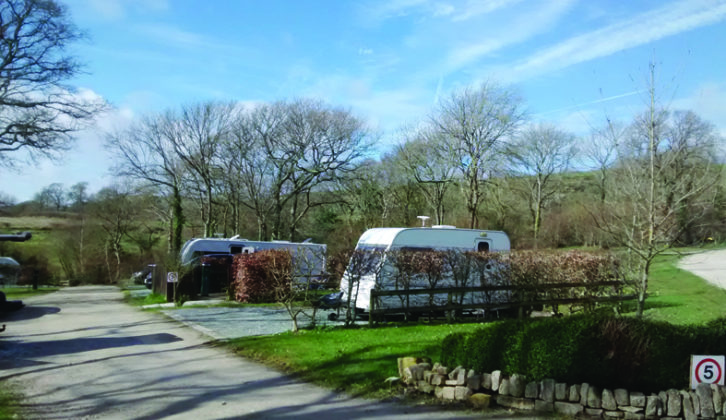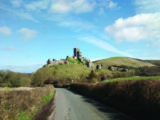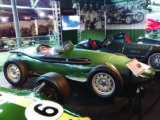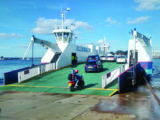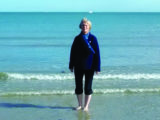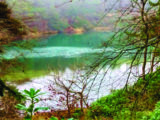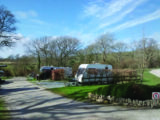In spite of the rather unpromising weather forecast, we decided to go ahead with our plans to visit Dorset’s Isle of Purbeck. We knew that we would be snug in our Globecar Campscout and with waterproofs and woollies packed, we were prepared for anything.
A peninsula rather than an island, Purbeck is bordered by the English Channel to the south and east, where steep cliffs confront the sea, and the marshy areas of the River Frome and Poole Harbour to the north.
Much of the isle is designated as an Area of Outstanding Natural Beauty, and its beaches are some of the best in the country.
Our journey from the Midlands was uneventful and we arrived at the Corfe Castle Camping and Caravanning Club Site at about 4pm. We were warmly welcomed and soon settled in.
We awoke to rain the next day, so decided to avoid the worst of the weather and drive to the National Motor Museum at Beaulieu. Intending to have a coffee before starting to explore, we were tempted to an early lunch instead.
At £6.50, the ‘pensioners special’ of fish, chips and mushy peas, plus a hot drink, was too good to miss – and it was delicious.
It has been all of 40 years since our last visit to Beaulieu, when our two boys were toddlers (where does the time go?). It was a good choice to revisit, because there is so much to see.
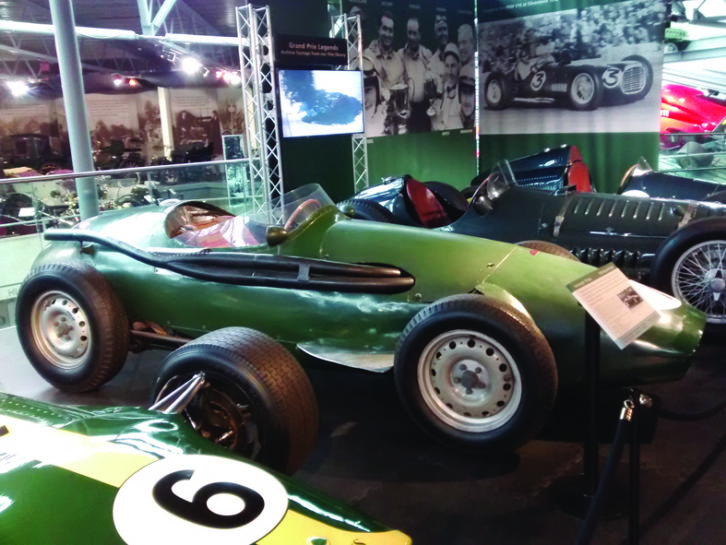
It was surprising how many memories were brought to mind viewing the exhibits – David’s first car (a Hillman), my driving lessons in a Ford Anglia, plus a racing car from the 1950s just like the one we had pared on a trailer on our drive.
My brother-in-law used to work for the racing driver Mike Hawthorn, and was in charge of transporting his car. We were a handy overnight stop on his drive from the south to the ferry for the Isle of Man races. I imagine racing matters are handled very differently these days!
Traditional pub welcome
After a meal in the ‘van, we decided to hire a taxi to go to The King’s Arms in Langton Matravers, to watch a football match on TV – a bit of an anticlimax as the result was a no-score draw.
However, the locals made us very welcome and we enjoyed drinks and a chat while watching the traditional pub game of shove ha’penny – this was a Cup match and surprisingly competitive.
Sunlight streaming through the rooflight, and lively birdsong, provided a happy awakening the next day. After breakfast, we opted to tour the area. Starting at the National Trust’s Spyway car park, in Swanage, we set off to explore, following footpaths with stunning views of the countryside. Returning to the ‘van, we continued on to Knoll Beach, a beautiful sandy shore edged with dunes. I was tempted to dip my toes in the water and, yes, it was cold, but I can’t resist a paddle if the opportunity arises! We nipped into the café to pick up a bite to eat, taking it outside to make the most of the sunshine, while admiring distance views of Old Harry Rocks.
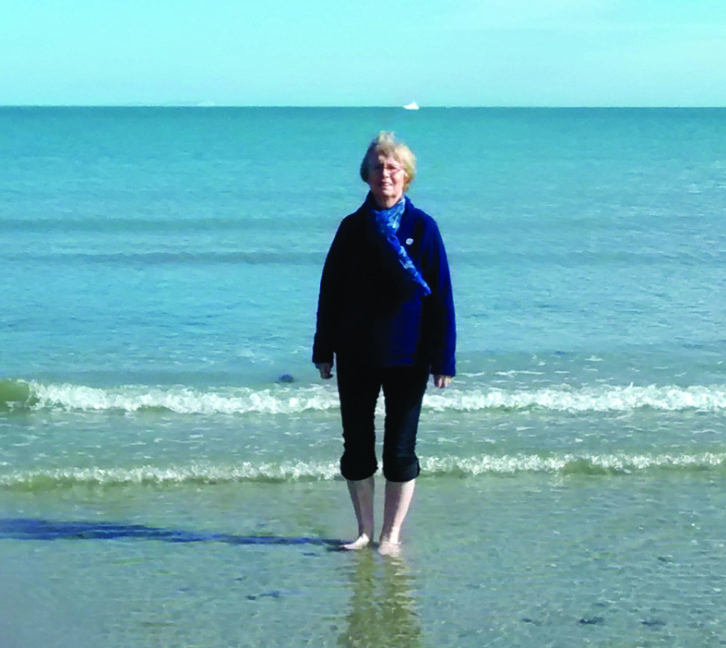
We then moved on to Shell Bay, another lovely sandy beach with rolling dunes, at the tip of the Studland peninsula. This overlooks the narrow entrance to Poole Harbour, offering the chance to watch the comings and goings of all types of craft, including cross-Channel ferries.
Leaving the ‘van in the car park, we decided to make use of the Sandbanks Ferry, to find out about visiting Brownsea Island. The ferry saves a drive of 25 miles and is even used by the local open-top tour bus, the Purbeck Breezer. After pausing for a coffee, we returned to the ‘van and followed the narrow roads with passing places hedged with bright yellow gorse, back to the site.
Next day was misty, but we still headed out, parking in the village at Corfe Castle to stock up on milk and bread from the bakery – still warm. We had visited the striking castle and model village in the past, so we were happy to meander around the picturesque streets. While I took photos, David popped into the museum housed on the ground floor of the smallest town hall in England, where he discovered artefacts and photos telling of Corfe’s past and its links to industries involving clay, stone and Purbeck marble.
Birds and wildlife
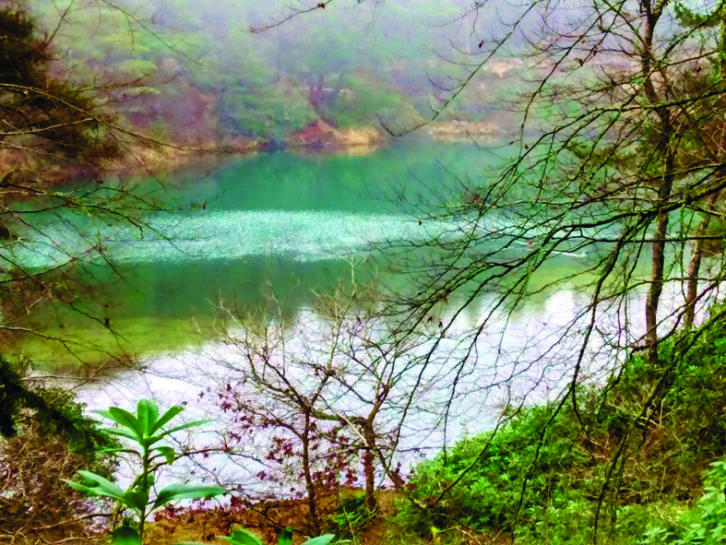
We drove on to RSPB Arne, which is at the foot of the Purbeck Hills. The BBC has used this site for its Autumn Watch and Winter Watch series, because the heathland and old oak woodland attract many different birds and animals.
We had a peaceful walk, following trails, and I was pleased to see so many birds, including green and yellow siskin – a first for me.
The attractive market town of Wareham was our next destination. After pottering around the streets, we went for a stroll by the River Frome. We continued on to Furzebrook, following signs to The Blue Pool, a Site of Special Scientific Interest since 1985. Sadly, this unique estate is currently closed, but hopefully it will be open to visitors again in the future. It is home to indigenous and rare species of plants and animals. The pool, a flooded disused claypot, contains minute particles of clay that give the water its ever-changing colours.
Take a trip to the island
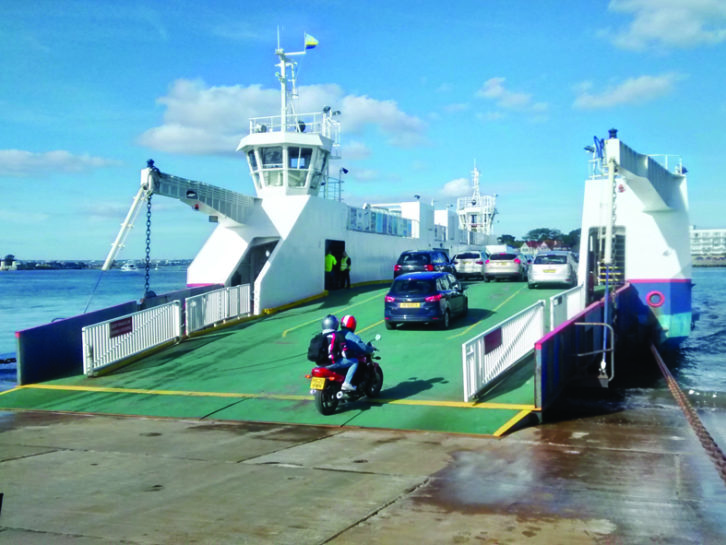
We planned to visit Brownsea Island, although in the low season, ferry trips are only available at weekends; so Saturday, the final day of our short break, found us negotiating narrow roads through heavy mist, to board the ferry.
The mist was so thick, the boat was sounding its foghorn as we crossed to Sandbanks, and we couldn’t see our destination across the sea.
Brownsea is the largest island in Poole Harbour and is owned by The National Trust; a fine nature reserve, it was like entering another world as we set off to explore.
A boardwalk leads across the marshes to a bird hide, where we watched avocets and blackmailed godwits on the lagoon. Continuing along the path through woodland, we spotted a red squirrel.
We first heard the tell-tale drumming, then saw two great spotted woodpeckers high in the trees. On our way to the visitor centre, we encountered another red squirrel and enjoyed its antics as it jumped from tree to tree. There are also sika deer on the island, but they are hard to spot.
The island has a long history, including links to scouting. Baden-Powell organised a camping event here for boys of all backgrounds in 1907 – this formed the basis of the scout movement.
Brownsea Castle began as a fort built by Henry VIII to protect the harbour, eventually becoming a private residence. After the NT acquired it, the building was leased to John Lewis & Partners, and renovated as a hotel for staff. We completed our island visit in the café, glad of hot food and drinks after our long meander in the chilly mist.
The weather hadn’t been as bad as predicted, and we’d enjoyed our relain few days, simply appreciating the Motor Museum, the beautiful countryside and the wildlife. With the gorse and an abundance of daffodils in full bloom, and the hedges starting to turn green, spring was surely on its way – time to plan our next trip!
TOUR ESSENTIALS
Where we stayed
Corfe Castle Camping and Caravanning Club Site
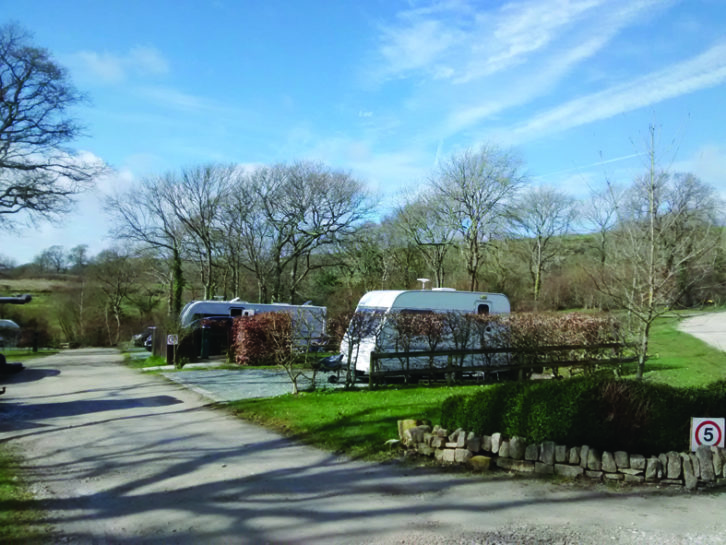
- Bucknowle, Dorset, BH20 5PQ
- Web www.campingandcaravanningclub.co.uk
- Open 1 March – 31 October
The campsite, at the foot of the Purbeck Hills in an Area of Outstanding Natural Beauty, is an excellent base for exploring the many beautiful beaches in the locality, including Studland Beach.
This family-friendly site offers hardstanding and grass pitches, and there’s an on-site shop with fresh bread and newspapers delivered daily.
Find out more
- Visit Dorset
- Isle of Purbeck
- National Motor Museum, Beaulieu
- Corfe Castle
- Brownsea Island (Accessible by car via the Sandbanks Ferry, or foot ferry from Poole Quay)
If you liked this… READ THESE:
If you’ve enjoyed reading this article, why not get the latest news, reviews and features delivered direct to your door or inbox every month. Take advantage of our brilliant Practical Motorhome magazine SUBSCRIBERS’ OFFER and SIGN UP TO OUR NEWSLETTER for regular weekly updates on all things motorhome related.
A boardwalk leads across the marshes to a bird hide, where we watched avocets and blackmailed godwits on the lagoon. Continuing along the path through woodland, we spotted a red squirrel.
